Do you teach a Letter of the Week? Nobody ever said teaching young children to identify the letters of the alphabet was easy. In fact, teaching letters to young children can sometimes feel like an uphill battle.
You’re definitely not alone, many early childhood teachers struggle to teach their preschool, pre-k, and kindergarten students to identify letters of the alphabet.
Letter of the Week Curriculum
Maybe you’re here because you’re thinking, “If I just had a good Letter of the Week curriculum it would help!”
Or maybe you want to prepare your little learners for kindergarten with done-for-you, no prep lesson plans to help them learn their letters in just 26 weeks.
But what if I told you there’s a better and more effective way to teach your kids the letters of the alphabet? What if what you really needed wasn’t a Letter of the Week curriculum?
Letter of the Week
Listen, I get it, a letter of the week curriculum sounds like a great idea, in theory. It makes perfect sense to us as adults. You teach one letter each week for 26 weeks, and at the end, “ta-da!” letters learned!
You don’t have to worry about the order of teaching letters, it’s all laid out for you, nice and neat. You start with the letter A and end with the letter Z, easy-peasy!
Add in a cute craft for each letter and you might think you’ve got an entire week of lessons for each letter of the alphabet – mission accomplished!
But did you know that introducing and teaching letters in context, using playful, meaningful, and fun ways is actually much more effective?
Here’s the thing, young children learn through repeated exposure, and those exposures must take place over a long period of time. This means kids don’t learn in a linear pattern, from A-Z. They learn at their own pace, as letters become meaningful to them.
Research has proven that children learn letters and retain letter names much more quickly when the letters are not taught in isolation. When we, as professional educators, embrace research-based, evidence-based best practices, the children in our classrooms will be better prepared for what comes next in their educational journey. This approach is so much more effective than surfing Pinterest and doing whatever looks fun or cute.
How to Teach the Alphabet
I’m Vanessa, and one of my superpowers is teaching little learners how to identify letters – I even wrote a book all about it! Teach Smarter: Literacy Strategies for Early Childhood Teachers will equip teachers to infuse every aspect of their teaching with exciting hands-on literacy teaching methods that engage students and help them build authentic connections with books, so that their students will have a strong literacy foundation and will be fully prepared for success in kindergarten and beyond.
Emergent Literacy
You may be wondering how it’s even possible that Letter of the Week is considered outdated when there are tons of letter of the week products and ideas plastered all over the internet? The fact of the matter is that change is hard – period. Change is especially difficult if it challenges the way we learned and possibly even the way our own children learned.
The truth is, there are new research studies being done on emergent literacy every single day by top experts in the field, it’s just difficult to get the word out because it’s not really 5 o’clock news worthy, am I right?
Moving Away from Letter of the Week
In order to teach the letters of the alphabet effectively you don’t need worksheets, an alphabet binder for each child, a book to go along with each letter, hand print crafts or anything else. What you need is to understand how children actually learn these concepts and what you can do to support their learning. It’s so much easier than organizing tons of worksheets or painting hands, pinky swear!
If Not Letter a Week Then What?
You’re not alone in your fear of change, which is why I wrote Teach Smarter: Literacy Strategies for Early Childhood Teachers .
Here are some of the questions answered in the book:
- When do you start teaching the letters?
- I’m worried that I might not cover all the letters if I don’t use LOTW. How do you know that you have covered all letters?
- How do you plan activities, crafts, and art projects if you aren’t teaching a Letter of the Week?
- How long does it take for you to teach all the letters?
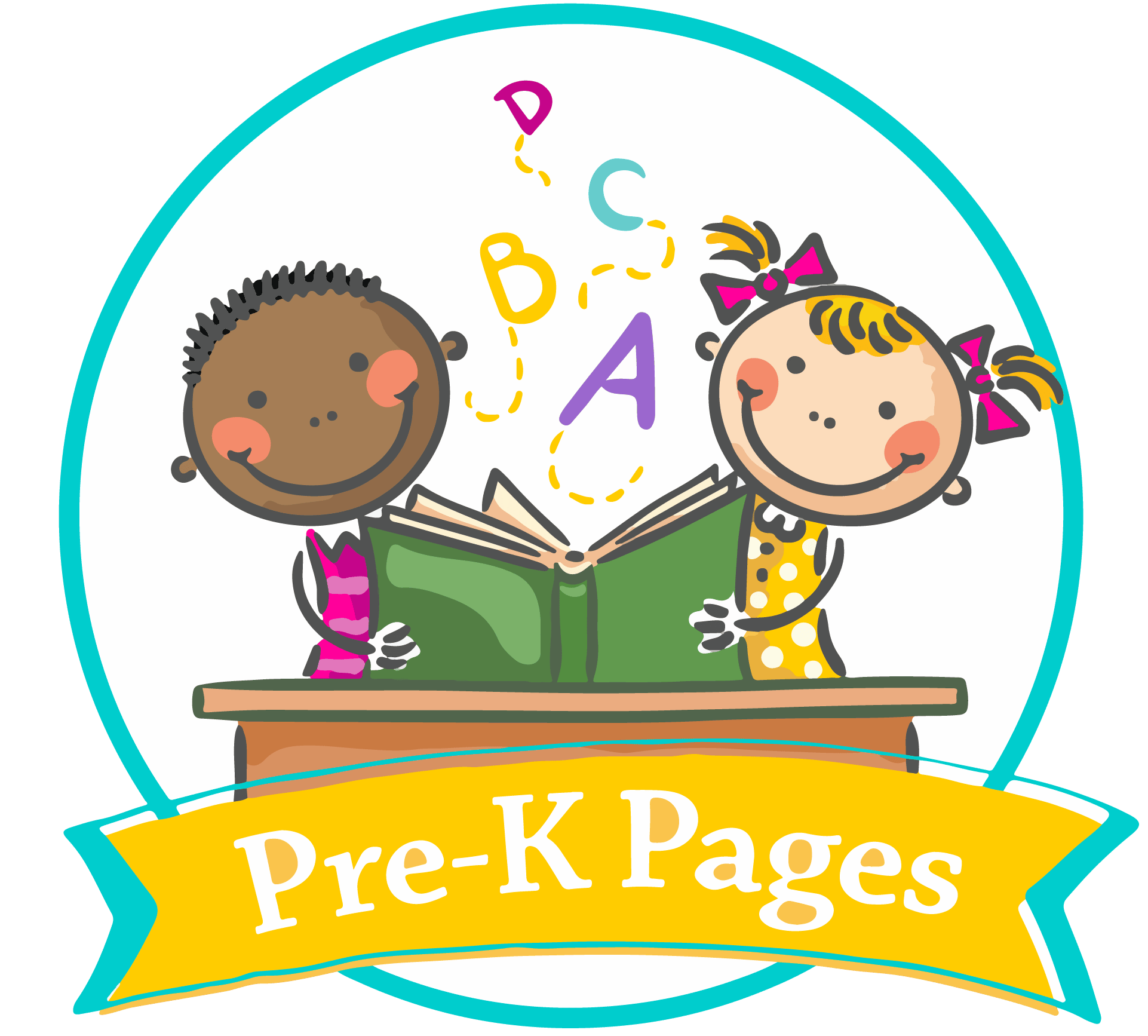

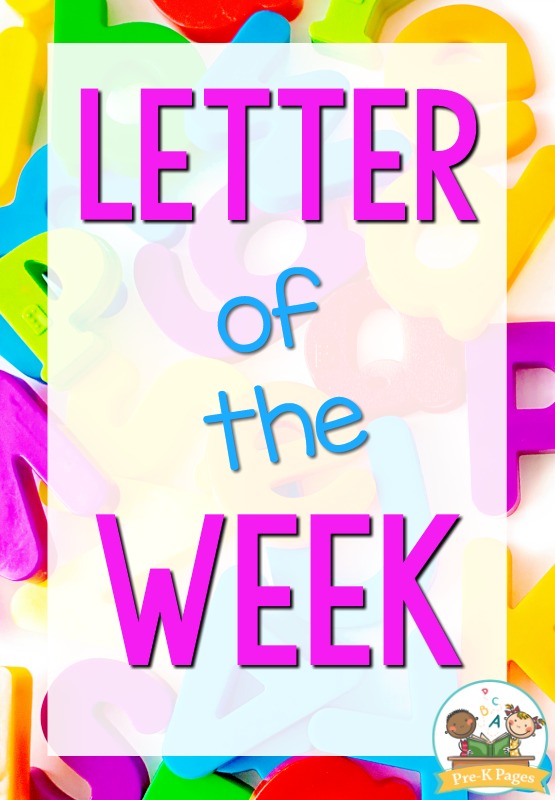
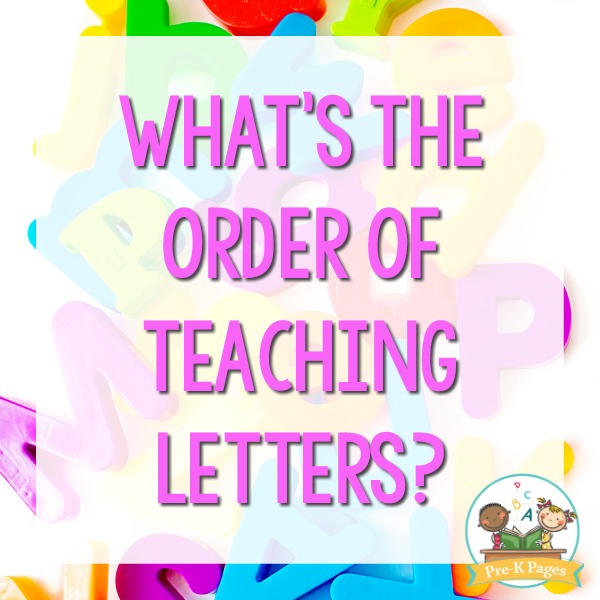

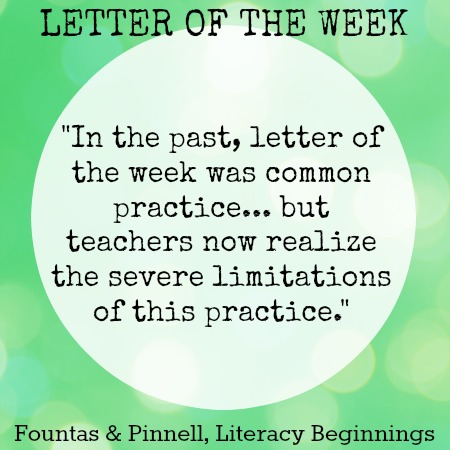
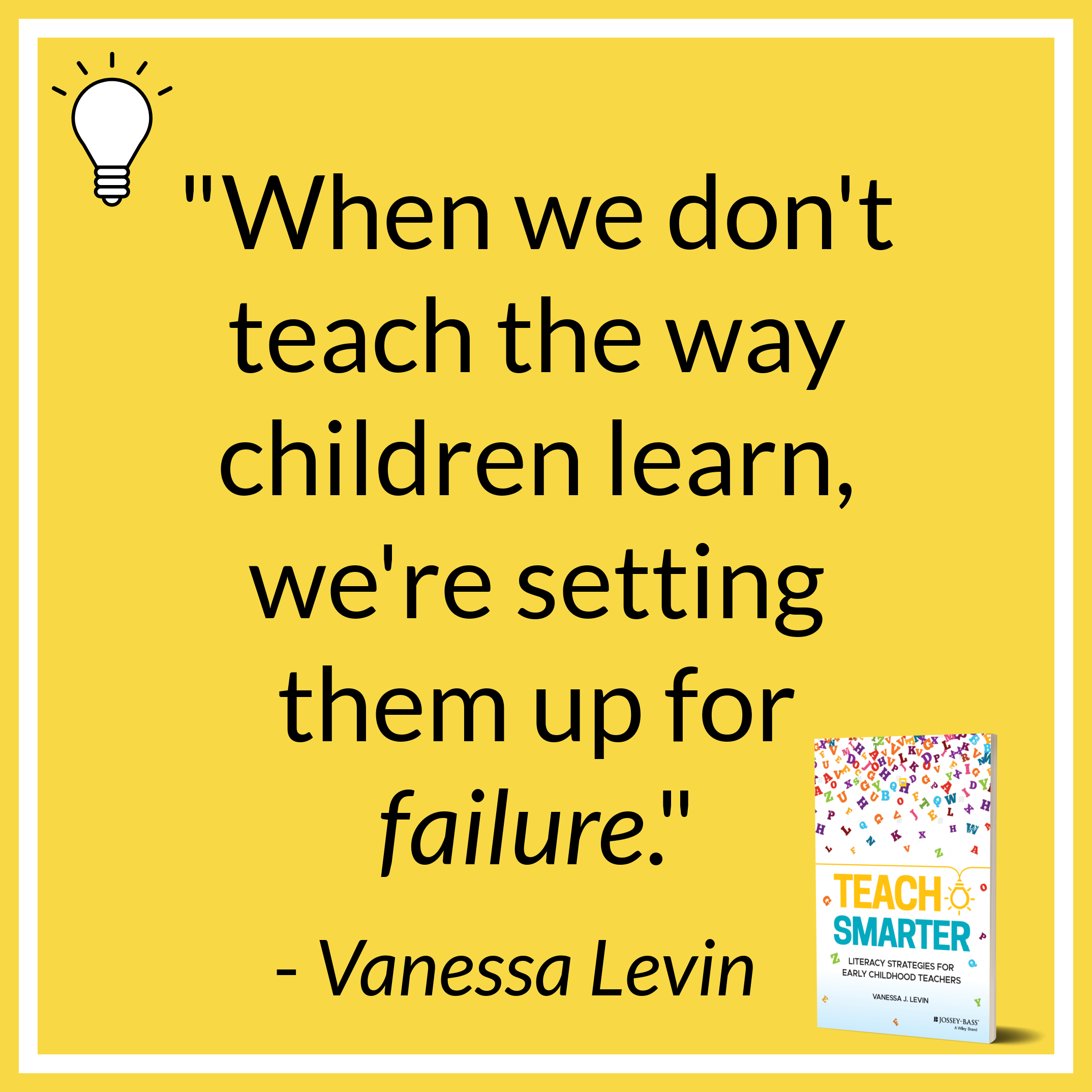
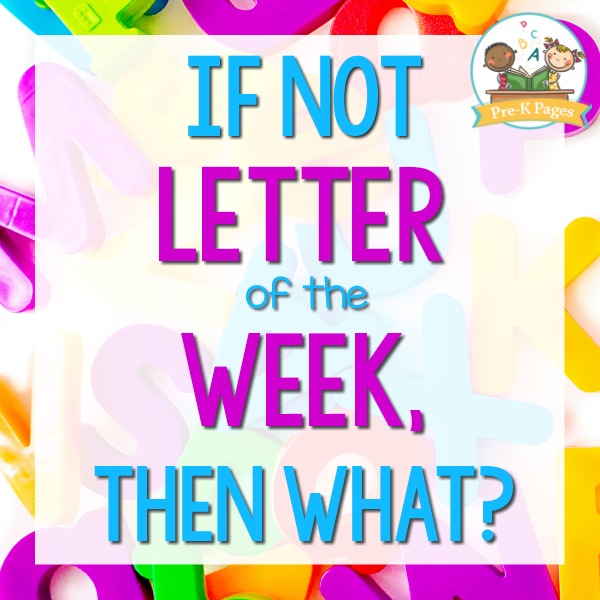






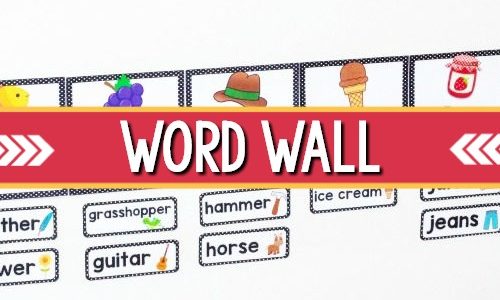

Pingback: Teaching Children about Letters - Fun-A-Day!
Pingback: Tips for Teaching Letters and Letter Sounds
Pingback: My Top 10 Blogs 2010 - PreKinders
Pingback: February Sensory Activities and A Few Other Things | Always, Amanda
Pingback: February Sensory Activities | Always, Amanda
Pingback: How to Teach the Alphabet: Start With Letters In Your Name
Do you only teach the short sound of the vowels
In Pre-K 4, yes.
Thank you so much for this information! I have been teaching preschool for 15+ years and this last year I used your ideas of “emergent literacy” and the outcomes are amazing! I tell everyone, “My preschoolers are begging to sound out everything, and it’s due to the info I read on Pre-K pages!” The children are writing their first and last names, they;re writing and recognizing their friends’ names, they are sounding out words in text and attempting to read! Even with the interruption of COVID-19, and some of them missing school, they were able to use packets I sent home (hands on, emergent, diy activities) and still learn. Their parents responded with such excitement that their kids could learn their alphabet without worksheets!
Now I am using the sources you mentioned to do my own research (mostly for a Technical Writing course I am taking) but also to make this upcoming year even more successful. My research paper topic is, “When teaching young children the alphabet, is it best to use an ’emergent’ approach or a ‘Letter of the week’ approach?” Thank you for the inspiration and the knowledge to enhance my classroom.
Teacher Dot
I happened upon this page while looking for activities for my preschool class this week, and I was so encouraged! I have been teaching preschool for the first time this year and have been doing a letter a week. We have been doing worksheets and crafts like you mentioned, but I have felt for a while that it looks polished from a lesson planning perspective, that it isn’t necessarily preparing for literacy as well as it could be. I am excited to read more of your resources!
At what age level is your book best suited for? I teach 1 1/2-3 year olds and I’d LOVE to get away from LOTW…but they “seem” to grasp it. By the end of the year all of my kiddos can identify their own name, as well as their friends names, and most can identify close to, if not all letters in the alphabet. I incorporate activities and games in my lesson plans along with the typical LOTW ‘art’ and a couple a print out’s here and there. Would your book help, or is it more for 3-4 year olds?
Teach Smarter is less about the age group you teach and more about gaining a deeper understanding of how young children learn and acquire literacy knowledge. It’s for anybody who would like to learn more about best practices in emergent literacy instruction and is ready to make the mindset shift away from methods that science has proven are least beneficial. The overarching theme of the book is, “what if there was more to learning how to read than identifying the letters of the alphabet?” Hope that helps!
Navigating the alphabet learning process with young ones is a true adventure! This content hits the mark on the trials and triumphs that come with teaching preschool and kindergarten kids their letters. It’s a reassuring reminder that every teacher’s journey is unique, yet the shared goal of nurturing these essential skills brings us all together. Let’s keep striving to turn this uphill battle into a delightful learning experience for our little ones! 🌈📚👶